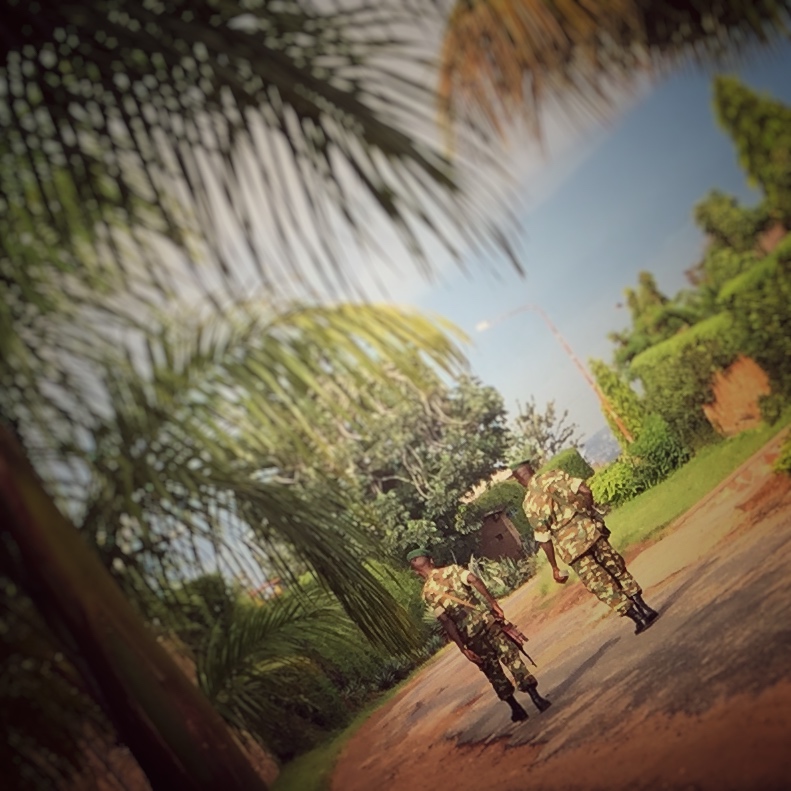
Eastleigh shop in 2009 soon after Obama became US president. Photo by Mats Utas
Eastleigh, Nairobi is pictured as a good area for Somali refugees in media and in UNHCR reports. The migrant Somali population in Eastleigh has developed trade networks and made it a commercial area with major significance not only in East Africa but also globally. According to a report from 2012, by the Danish Refugee Council (DRC) and UNHCR (United Nations High Commission for Refugees), asylum seekers and refugees are surprisingly independent and integrated into the socio-economic life in Nairobi. The estate is considered a good area for refugees because of possibilities to socio-economic activities and according to the report, the profile of Eastleigh refugees is “one of incredible resilience and ability to survive in the face of significant odds” (UNHCR 2012). Continue reading
